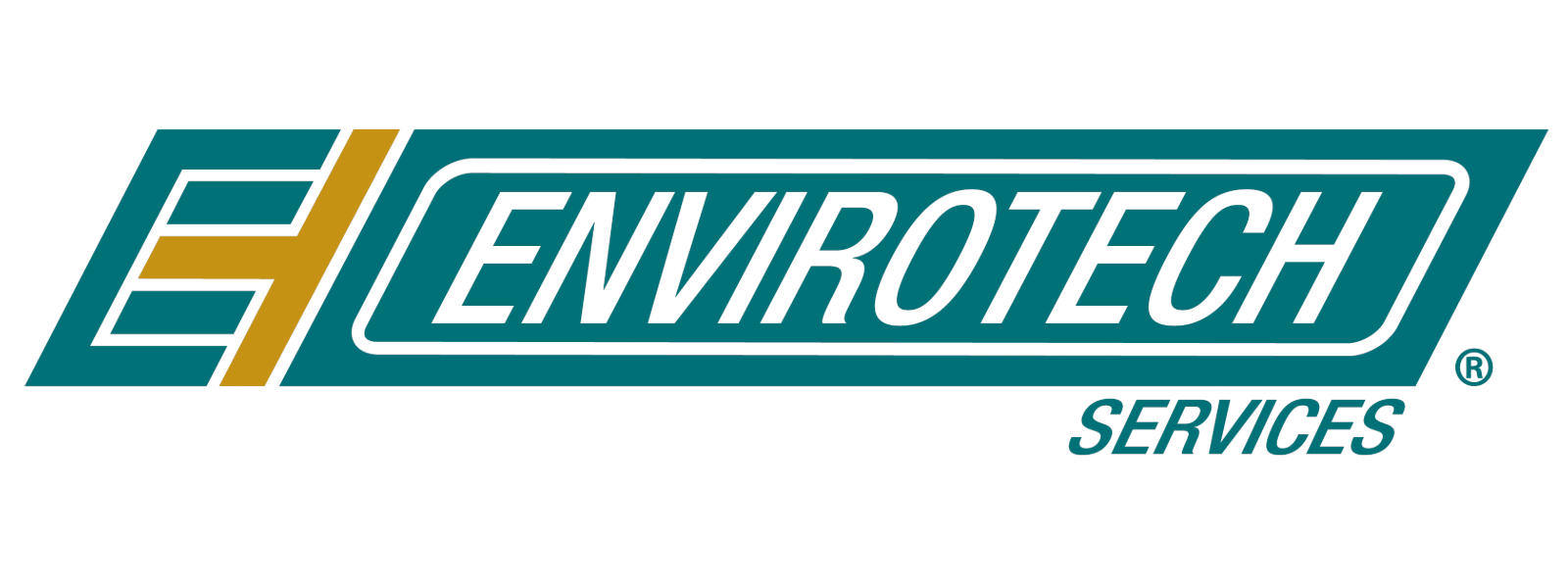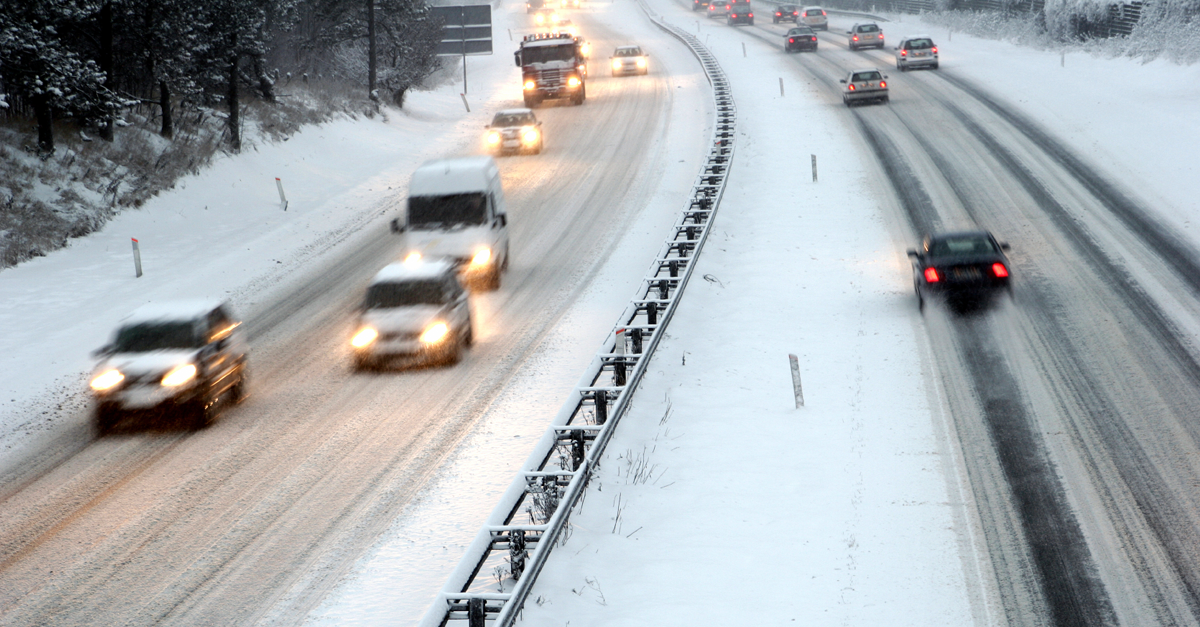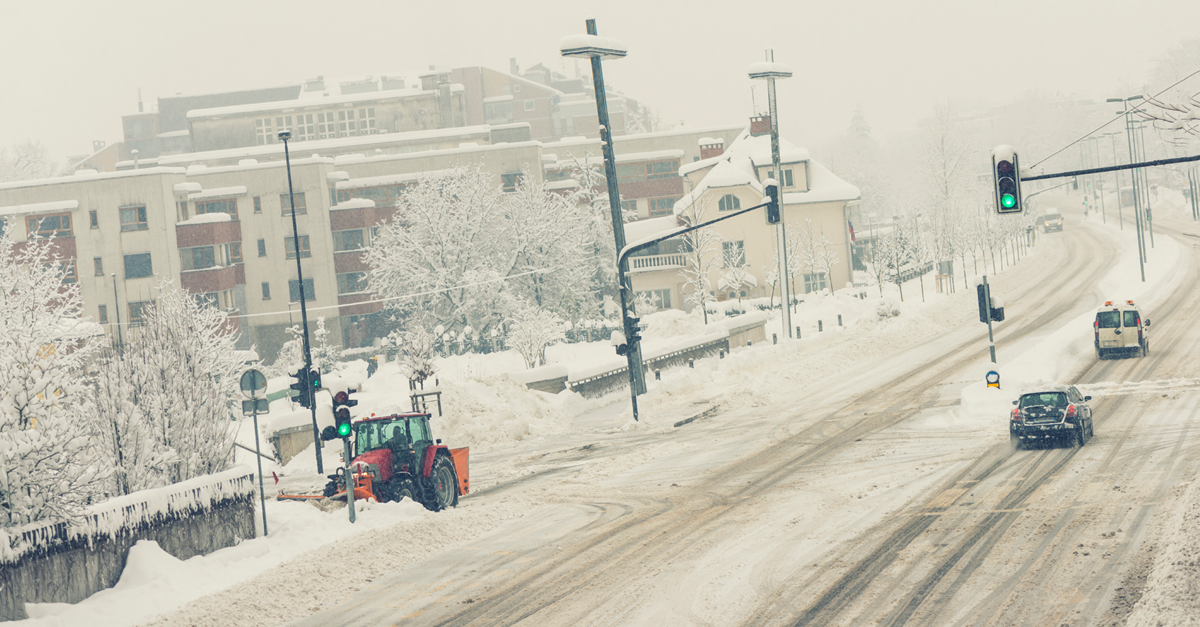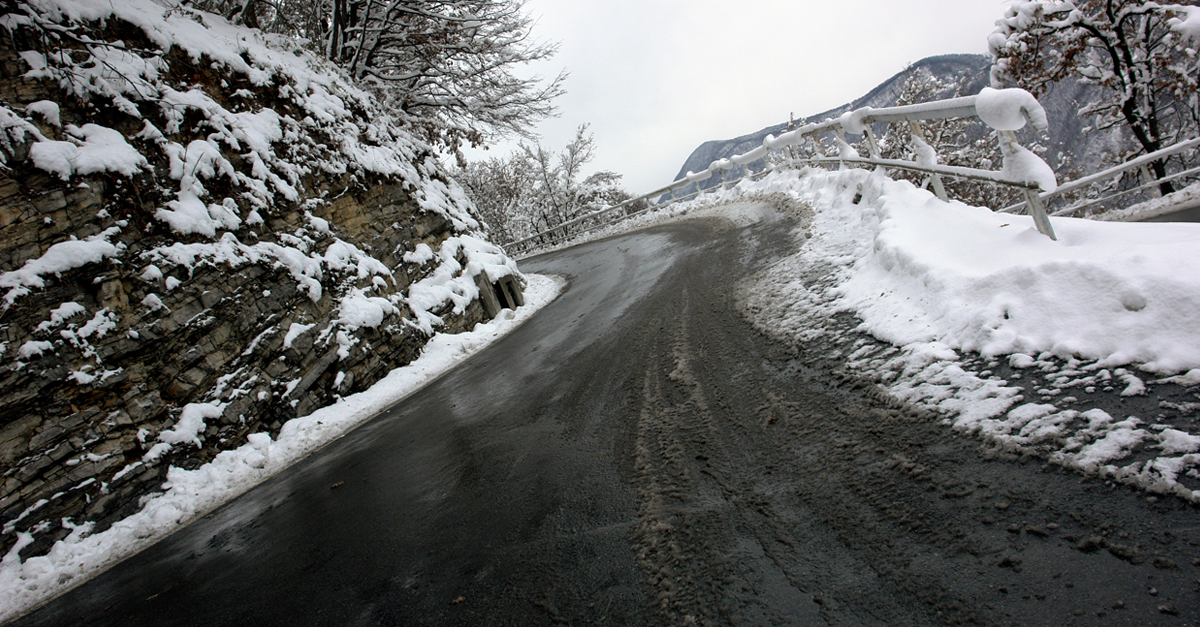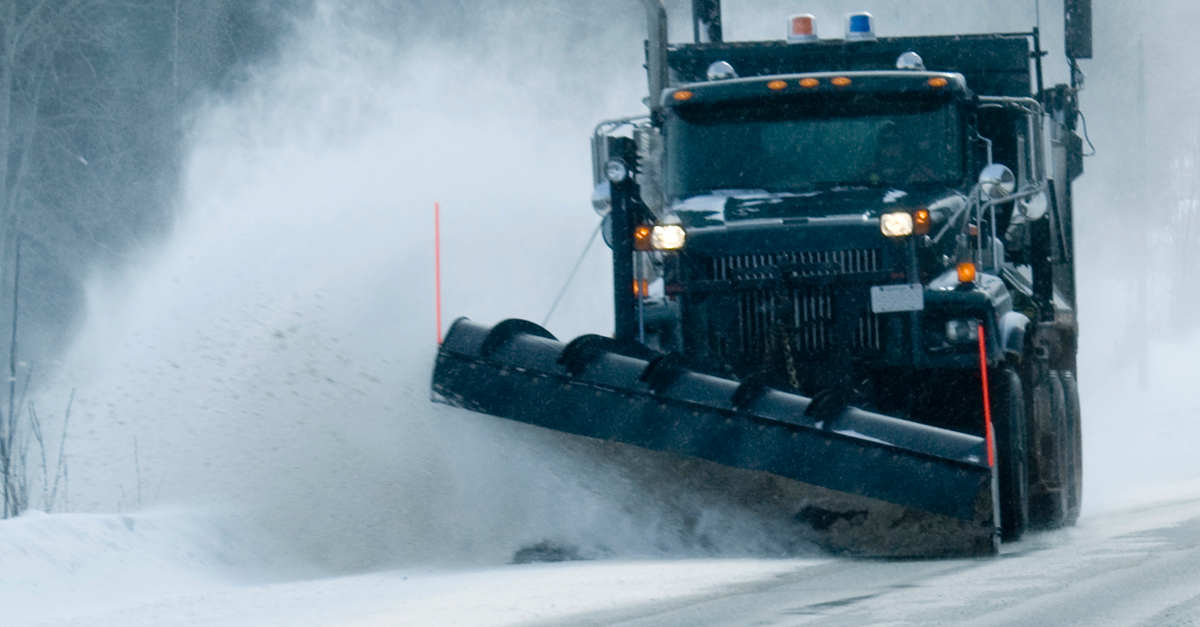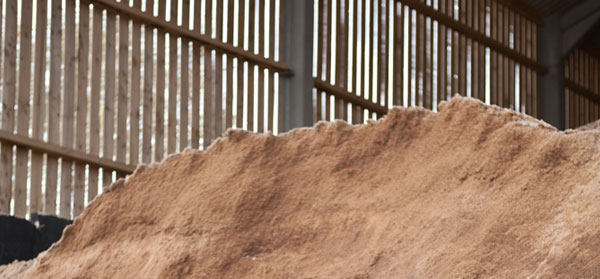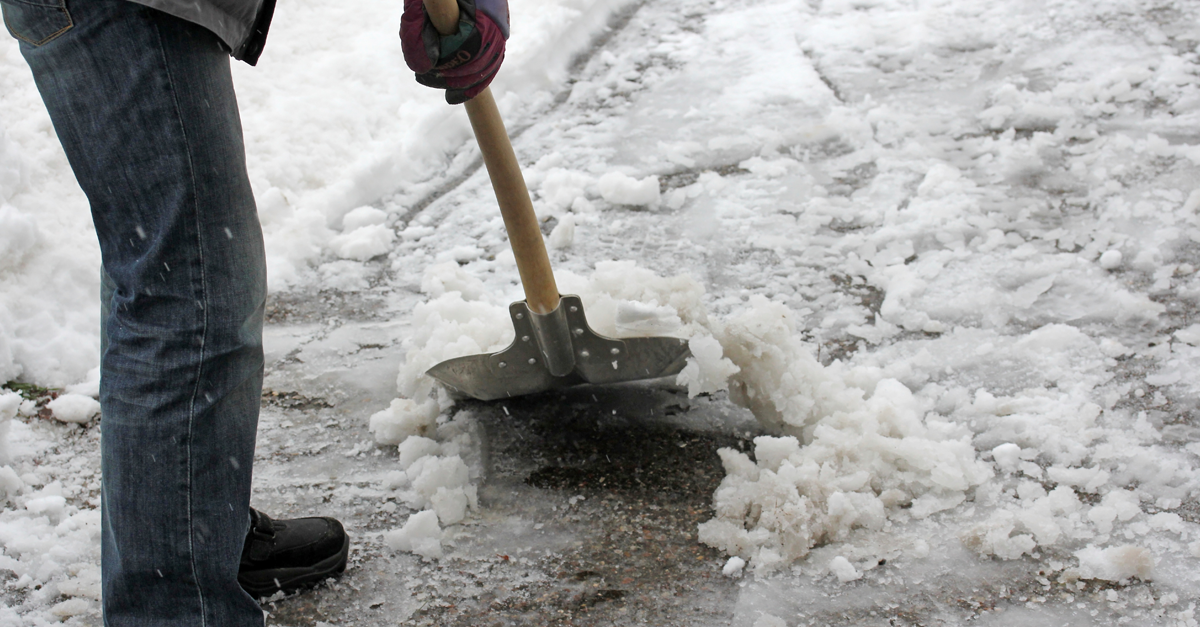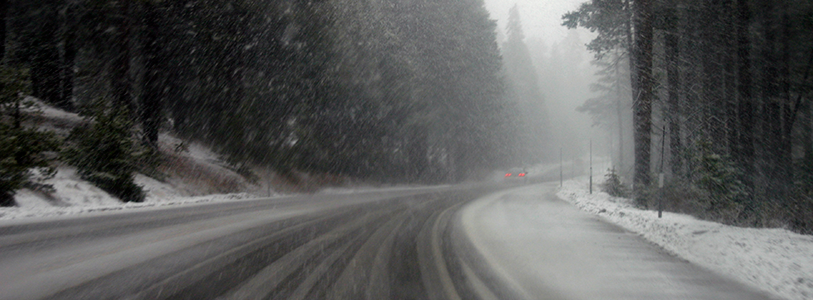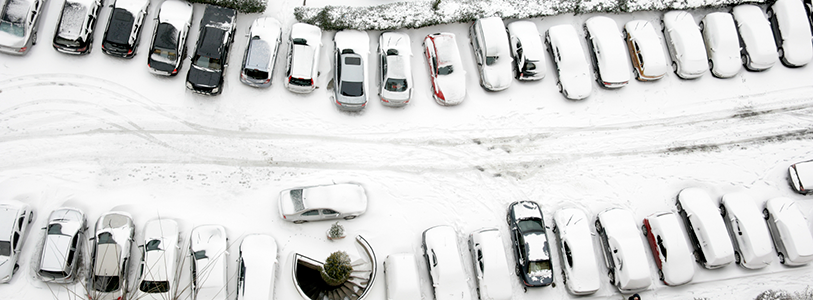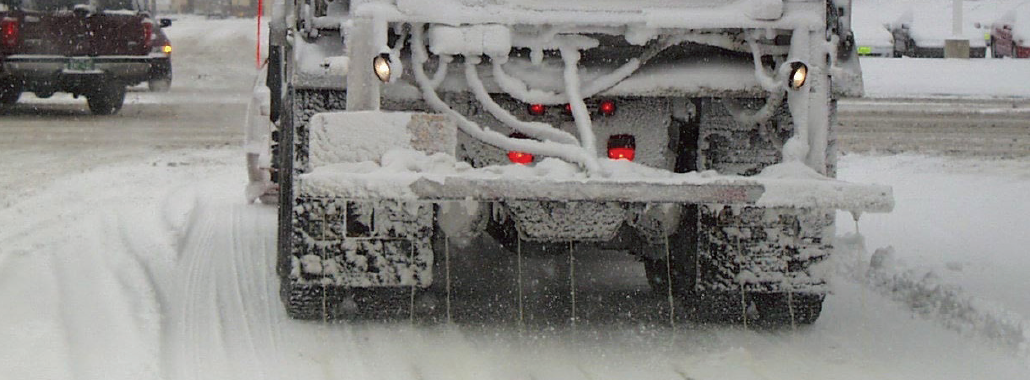The first reports of snowfall and wintery mix weather are coming in, with a “potent winter storm” (9news.com) making its way across Colorado this evening.
Travel may be greatly affected as blizzard conditions develop. For those in charge of keeping our roadways safe, here are some game time dos and don’ts to be successful (while keeping your operation cost effective and efficient).
